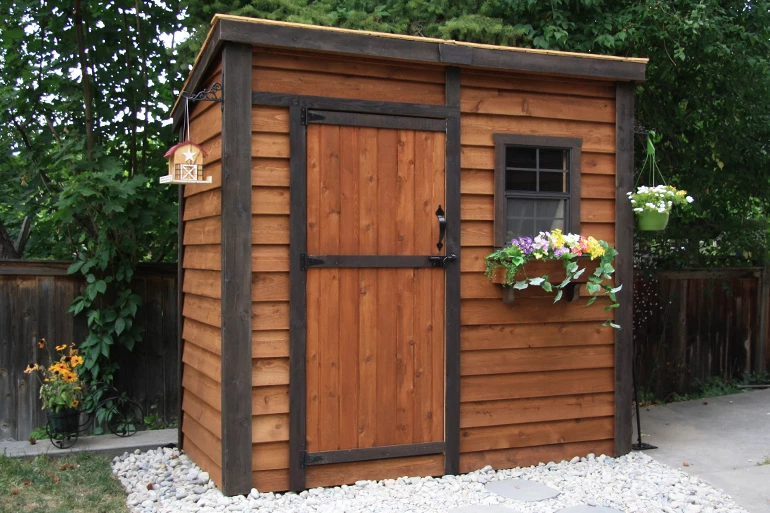Lean To Sheds Buyer's Guide
Looking for a petite shed that won't occupy your entire yard, garden, or driveway? If you've been searching, you've likely come across all sorts of information.
Things like permit restrictions, construction difficulties, or assembly challenges can deter you. But, that's why we're here. While some information is valid, it usually applies to large, commercial-sized structures seen on ranches or farms.
The lean to shed is small and compact. So, it's not restricted by all these rules. This makes them more attractive and practical options for everyday people like you.


